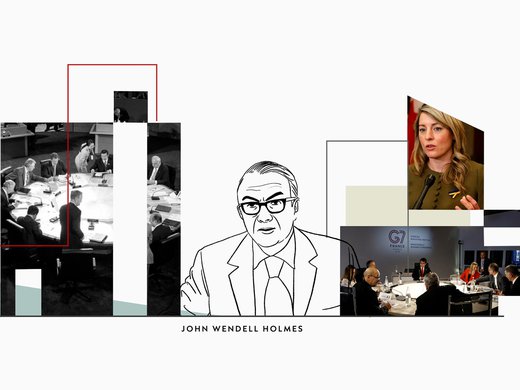As might have been expected before the talks began, reports on the eve of the expected conclusion of the Paris climate change negotiations suggest that the talks have become bogged down over who will pay the costs of adaptation. (See The New York Times, here.) Advanced countries want the rising middle-income countries, China and India particularly, to share more of the burden. Poor and emerging nations, which will likely incur the greatest costs of climate change, should do more to address the problem they argue.
Needless to say, these countries are balking at the prospect. They justifiably argue that the advanced rich economies got that way (i.e., rich) because their economic development over the past century has been fueled on carbon. Asking middle-income countries to pay for adaptation on an equal basis with the advanced rich countries, they contend, fails a basic equity test. While the marginal social cost of the CO2 emissions they create in their quest for riches may be high, their ability to pay is less that of rich countries.
Many years ago, well before the global financial crisis, a former IMF colleague, Peter Heller, and I shared a table at a G20 dinner hosted by the IMF in the Fund's headquarters in Washington. At the time, he was (presciently) writing a book on the fiscal implications of the aging baby boom generation and the looming costs of climate change. His book is entitled, Who Will Pay? and in it Heller pleads for forward-looking policies, as he puts it: "to prepare responsibly for an uncertain future."
The point here is that, if the science is right, there will be substantial costs from climate change to be borne. But these potential costs will not be shared equally — some countries are more susceptible to, say, rising sea levels than others. And, because these costs reflect negative externalities, there is an incentive to free ride — think of climate change as a public “bad” for which the private negative harm done to one doesn't reduce the private harm inflicted on another. Climate change is a threat.
The challenge for any society is to mobilize resources to combat external threats. History and experience teaches that successful societies are marked by the ability to respond effectively to such challenges. The thing is, achieving the needed degree of coordination requires institutions (which Brad DeLong of Berkley refers to as the "secret sauce" of growth) to assuage the free-rider problem. In third century BCE China, the Emperor and an efficient administration made possible the Great Wall. In 1940, it was the leadership of Winston Churchill and Westminster Parliamentary democracy, which facilitated the smooth transfer of power, that mobilized the British people to resist Nazi aggression. These threats were clearly identifiable, however.
The threat from climate change is less tangible. Moreover, if the past is any guide, future generations will be wealthier than the current generation, so inter-generational equity considerations might suggest that the unborn should pay the costs. But as Heller's book strives to make clear, the future is uncertain, and the further out into the future we look, the greater the uncertainty. What if the costs are greater than currently anticipated? And what if the costs are incurred sooner so that unborn generations are bequeathed less capital?
It is possible that, in those circumstances, the implied tax increases are so great that individuals' incentives to invest in human and physical capital are distorted. Apart from the hypothetical lump-sum taxes of Welfare Economics, all taxes entail distortions. Lacking the capital to generate the wealth needed for future adaptation, societies settle into a long process of slow, secular immiserization.
Those less affected by climate change and with the resources to do so may opt to build physical and virtual walls to prevent the Hobbesian world outside their borders from spilling over. While such a response to this dystopic vision seems far-fetched, previews of it are clearly visible in the U.S. Republican primaries. As the outside world becomes nastier, more brutish and shorter, the costs of maintaining these walls will increase. Even those countries who believe they are immune to such spillovers will face higher costs--think of the costs to public infrastructure (bridges, sewer systems, etc.) designed to once in century standards when the reality suddenly changes to once a decade.
The simple fact is that the bill for climate change adaptation will have to be paid. The question for the international community is how to mobilize the resources. The COP negotiations represent the international community's attempt to build the institutions needed to respond effectively to the threat posed by climate change. As the debate over who will pay for adaptation reveals, it will be a messy, protracted process. Time will tell what the agreement looks like. But, whatever the outcome, Paris will not be the last such time the question "who will pay?" is raised.


